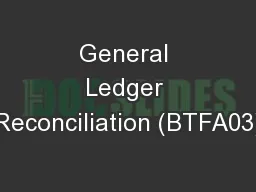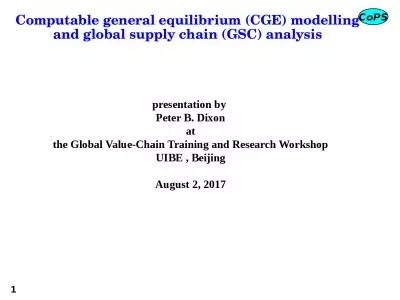PPT-CGE and DSGE Models: Reconciliation?
Author : reagan | Published Date : 2023-11-03
Sherman Robinson Peterson Institute For International Economics PIIE PIIEUCB Macro Workshop February 2020 Introduction CGE and DSGE models Computable General Equilibrium
Presentation Embed Code
Download Presentation
Download Presentation The PPT/PDF document "CGE and DSGE Models: Reconciliation?" is the property of its rightful owner. Permission is granted to download and print the materials on this website for personal, non-commercial use only, and to display it on your personal computer provided you do not modify the materials and that you retain all copyright notices contained in the materials. By downloading content from our website, you accept the terms of this agreement.
CGE and DSGE Models: Reconciliation?: Transcript
Download Rules Of Document
"CGE and DSGE Models: Reconciliation?"The content belongs to its owner. You may download and print it for personal use, without modification, and keep all copyright notices. By downloading, you agree to these terms.
Related Documents

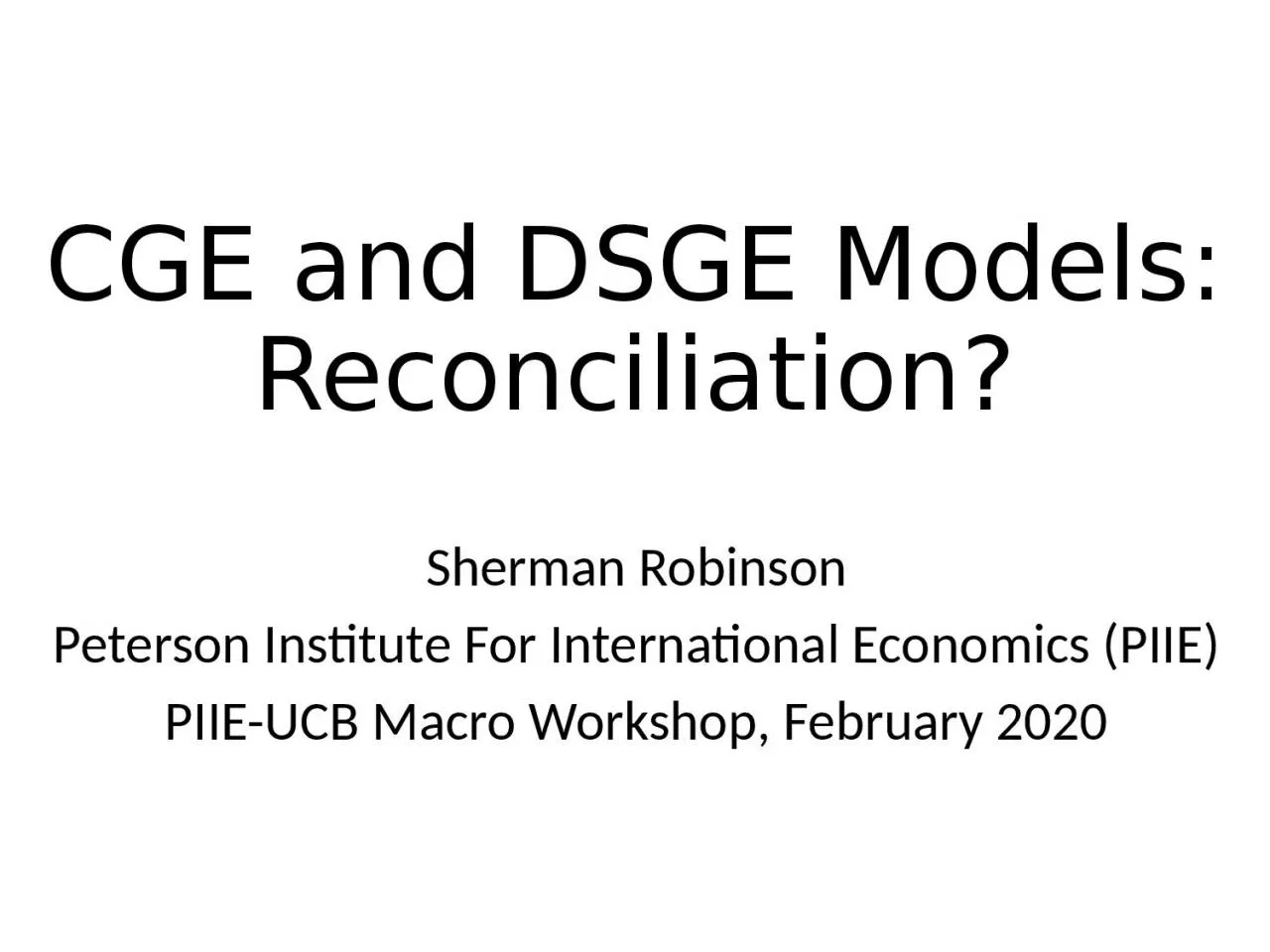
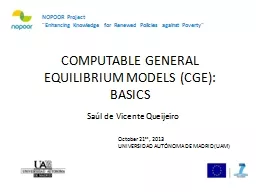

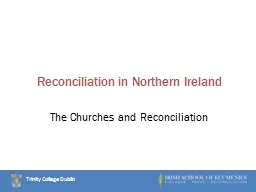
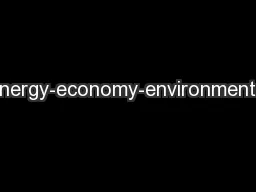

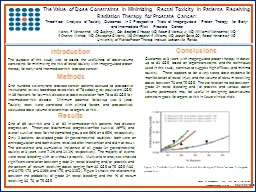
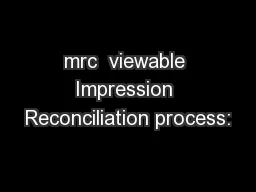

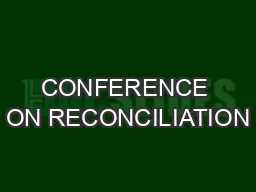
![[re ]discover Colossians](https://thumbs.docslides.com/646495/re-discover-colossians.jpg)

